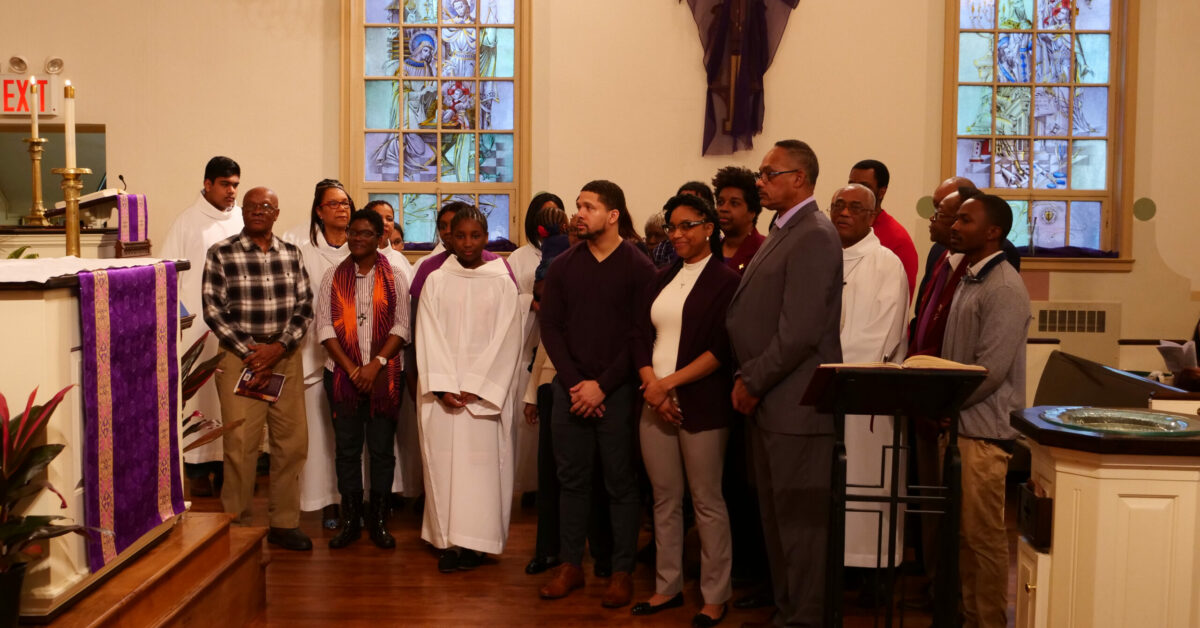Front and Center: Congregations that SEE their Catechumens
In this series of posts, we have been highlighting practices that allow us to slow walk toward a robust faith formation process. One of those practices would be to make the inquirers and catechumens more transparent to the congregation. In other words, placing the inquirers, catechumens, and newly baptized more in the forefront and at the center of the congregation’s vision and life together. If a congregation’s task is the formation of its own identity as a Christian church, then making disciples is central to the church’s identity. Placing the inquirers and catechumens before the congregation keeps before their view the primary task of the congregation: to bring people—the stranger and the outsider—into relationship with Christ through engagement with his body, the church.
A congregation that wants to be intentional about its faith formation process and the journeys of those outside the Christian community through that process to life in the community has to take ownership of its own faith formation processes. For congregations who have accepted such ownership, faith formation is at the center of congregational life. It is a joint enterprise the congregation shares and mutually engages face-to-face, person-to-person. The congregation witnesses to this investment in its faith formation practices by placing the inquirers, catechumens, and newly baptized at the center of congregational life. The inquirers, catechumens, and newly baptized through their questions and the rhythm of their formation shape the nature of congregational life. They are publicly recognized in congregational life (especially through threshold-crossing rituals such as the welcome and acceptance into the catechumenate and the rite of election for baptism) and congregational resources are directed toward their participation in community life. Everyone understands that the congregation is invested in forming them toward the life of faith lived out in Christian community.
Placing the catechumens at the center of congregational life is done in a variety of ways. First, all of the rituals of the catechumenate are conducted publicly at primary worship services. For these rites the catechumens are in front of the assembly and identified personally, along with their sponsors. The congregation takes time and care with these rituals because it takes seriously the responsibility of forming inquirers, catechumens, and the newly baptized for Christian life. In addition, the catechumens are included in the Sunday prayers of the church on a weekly basis. Finally, the congregation is encouraged to interact with the catechumens and incorporate them into congregational life. There are regular opportunities to eat with them and to come to know them personally. Catechists and sponsors link them up with members in the congregation so that the inquirers, catechumens, and the newly baptized can see how the members live out their faith in their vocations and in service to their neighbors in the world. For example, if a member is involved in a foodbank ministry in the community, catechists and sponsors facilitate the inquirers, catechumens, and newly baptized walking alongside the member’s engagement with that ministry. The congregation then provides opportunities in worship to witness to such service to their neighbors and God’s work through it.
In all of these ways, a congregation can open the eyes of the assembly to the inquirers, catechumens, and newly baptized in their midst. By opening their eyes, they help the congregation to perceive its own identity as a congregation focused on making disciples of the Lord Jesus Christ and forming people for life within the Christian community. Placing inquirers, catechumens, and the newly baptized front and center is a way to begin slow walking toward robust faith formation.
